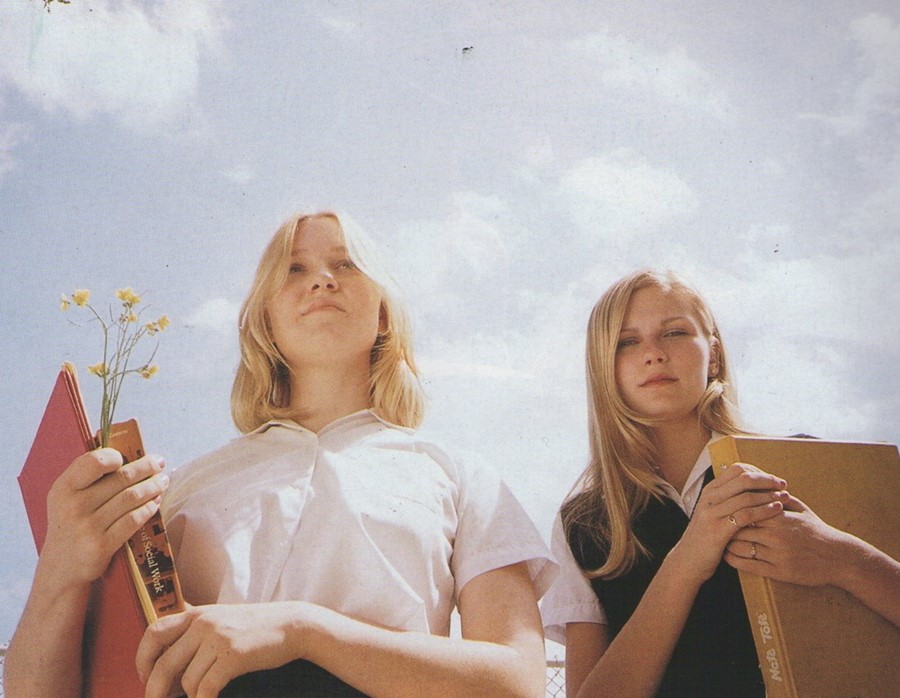Sun-drenched lust, eclecticism and prairie-clad provocation all frame Coppola's quixotic film adaptation of Jeffrey Eugenides' cult novel
When Jeffrey Eugenides wrote his debut novel, The Virgin Suicides, back in 1993, he could scarcely have imagined the visual impact that his examination of adolescence would have on the world: its subsequent film adaptation, directed by Sofia Coppola, has visually framed teenage narratives ever since. A haunting exploration of high-school yearning, the melancholy of youth and, above all, the puzzlingly mystical nature of adolescent lust, Lux Lisbon and her sisters have managed to transcend the category of teen dramatists and become fashion icons – even making their way into a fashion spread for The Face magazine, shot by Corinne Day. Here we examine the lessons we can learn from their styling – from the importance of insouciance to the relevance of a soundtrack.

1. Attitude is everything
Although set in 1974, The Virgin Suicides somehow exists within a temporal haze and the wardrobe of the Lisbon sisters – seemly assembled from thrift-shop finds and flouncing nighties – is defined more by its insouciant styling than its era of origin. Lux wears her lace prairie dresses with an extraordinarily provocative flair, proving that even the most repressive of mothers cannot contain the burgeoning sexuality of a teenage girl, and even manages to transform her conservative school uniform into something somewhat suggestive when viewed through the eyes of a desirous teenage boy.
When Mrs Lisbon is enlisted to create prom dresses for her daughters, the narrator tells us that “it made no difference which pattern of their dream dresses the girls chose: Mrs Lisbon added an inch to the bust line and two to the waist and hems and the dresses came out as four identical sacks.” Her efforts don’t stop Lux going rogue and staying out all night with the boy of her dreams: the garments themselves are no match to adolescent attitude.
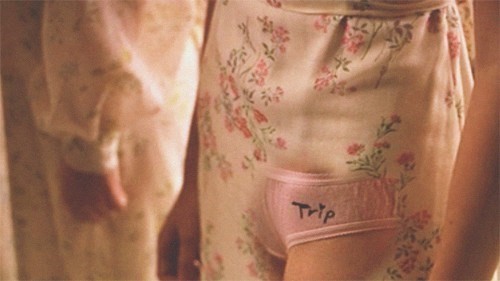
2. DIY knickers far surpass lingerie
While discussing the underwear proclivities of a 14-year-old girl might feel a little gross, when it comes to the wardrobes of The Virgin Suicides, one cannot avoid considering Lux’s knickers. While Eugenides’ original novel described youngest sister (and “first to go”) Cecilia’s underwear as dyed black, and visible to the neighbourhood boys who liked to look up her skirt as she rode her bike; in the film adaptation, Lux’s are felt-tipped with the names of the boys she fantasises about. When her dress cuts away to reveal Trip Fontaine’s name penned on her (wonderfully unassuming) underwear before they go to prom, it is a vivid attestation to the duplicity of teen-girl sexuality: simultaneously provocative and guileless, its belaboured application somehow feels far more risque than a lingerie set.
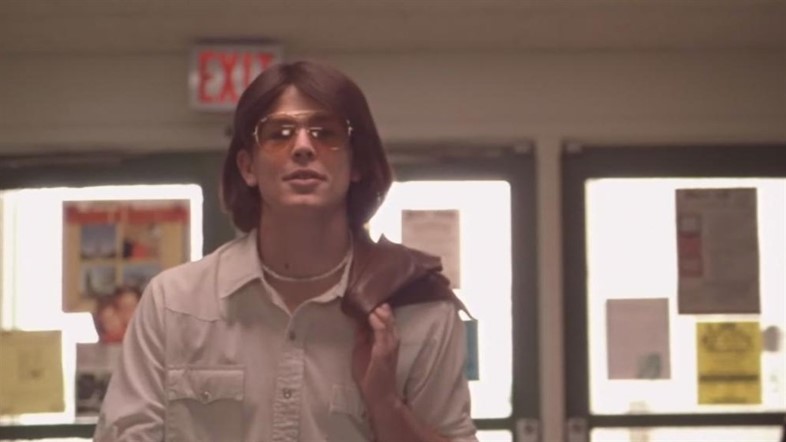
3. There is nothing – really, nothing – more attractive than aviators
When Trip Fontaine finishes a joint and dons a pair of aviators before strolling through the school’s corridors to the sounds of Heart’s Magic Man, it could be part of a Ray-Ban campaign. Not only was the film part of Josh Hartnett’s debut as a Hollywood heartthrob (The Faculty, released the year previous, was his actual induction to the hall of fame), but his cruelly cold persona as the boy who seduced Lux Lisbon before abandoning her, post-virginal, on a football field, is enough to ignite both the passions and wrath of any woman who ever found herself scorned as a teenager. Plus, there is something about his accessorization that distinctly evokes the aesthetic of modern Loewe; clearly, a tinted lens is timelessly attractive.
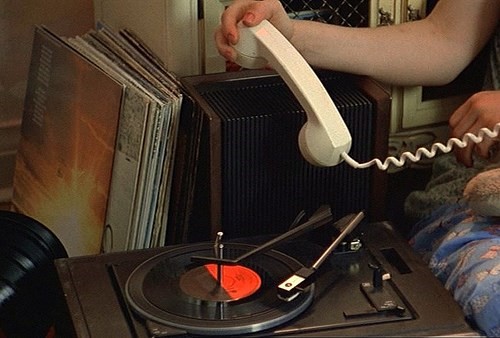
4. A soundtrack really matters
“I really hated being a teenager,” Nicolas Godin, half of musical duo Air who were enlisted to create the soundtrack, once told Dazed. “As a boy, you can’t date any girls that you’re in love with in your class because they always go for older men and fall in love with someone who is three or four years older than you. I definitely brought that to the film score, this idea of not being loved enough.” And somehow, it is the gloomy ethereality of the film’s score that gives it an aura of distinct melancholy even before the girls even reach their downfall. Then, when their mother burns Lux’s records (“Kiss! Please don’t make me do this; Oh, Mom. Aerosmith!”), she immediately starts having sex “with random boys and men” on the roof of the house and, with all the sisters trapped inside, they start to use the songs of Carole King and The Bee Gees to communicate with the outside world, music their sole chance to escape their imminent suffocation.
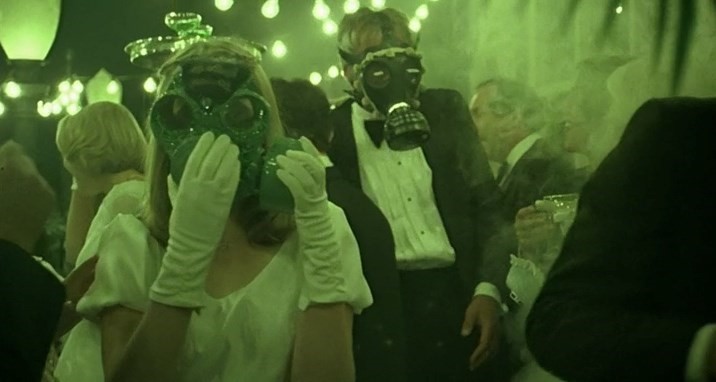
5. Esoterically themed costume parties are the best
“I can’t breathe in here,” Lux tells her mother of their stiflingly insular situation soon before her death. Then, after the girls all meet their self-determined demise and their neighbours return to “their tennis foursomes and cocktail cruises,” they orchestrate a debutante party themed around the idea of “Asphyxiation,” supposedly to relate to the infestation of algae overtaking the town. In fact, it is deeply insensitive – but, beyond that, makes for an impressive aesthetic: sickly green cocktails and bejewelled gas masks worn with cream satin eveningwear ensure a fabulous evening for all.
